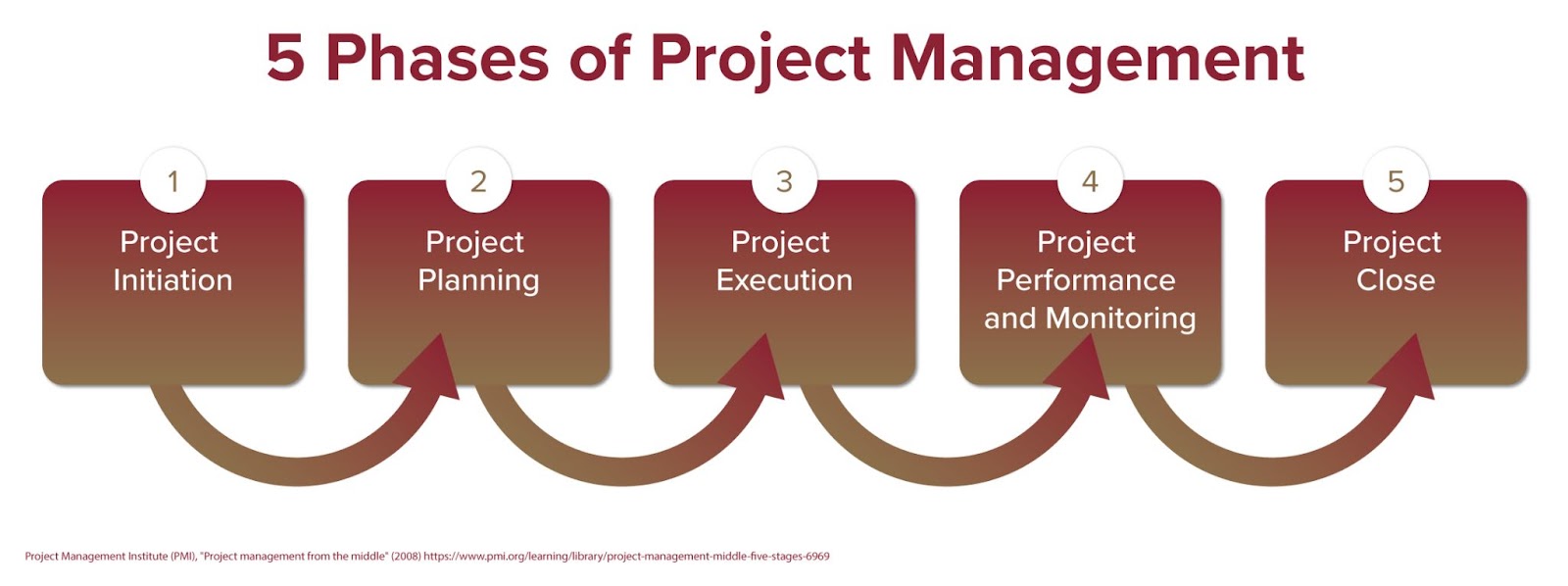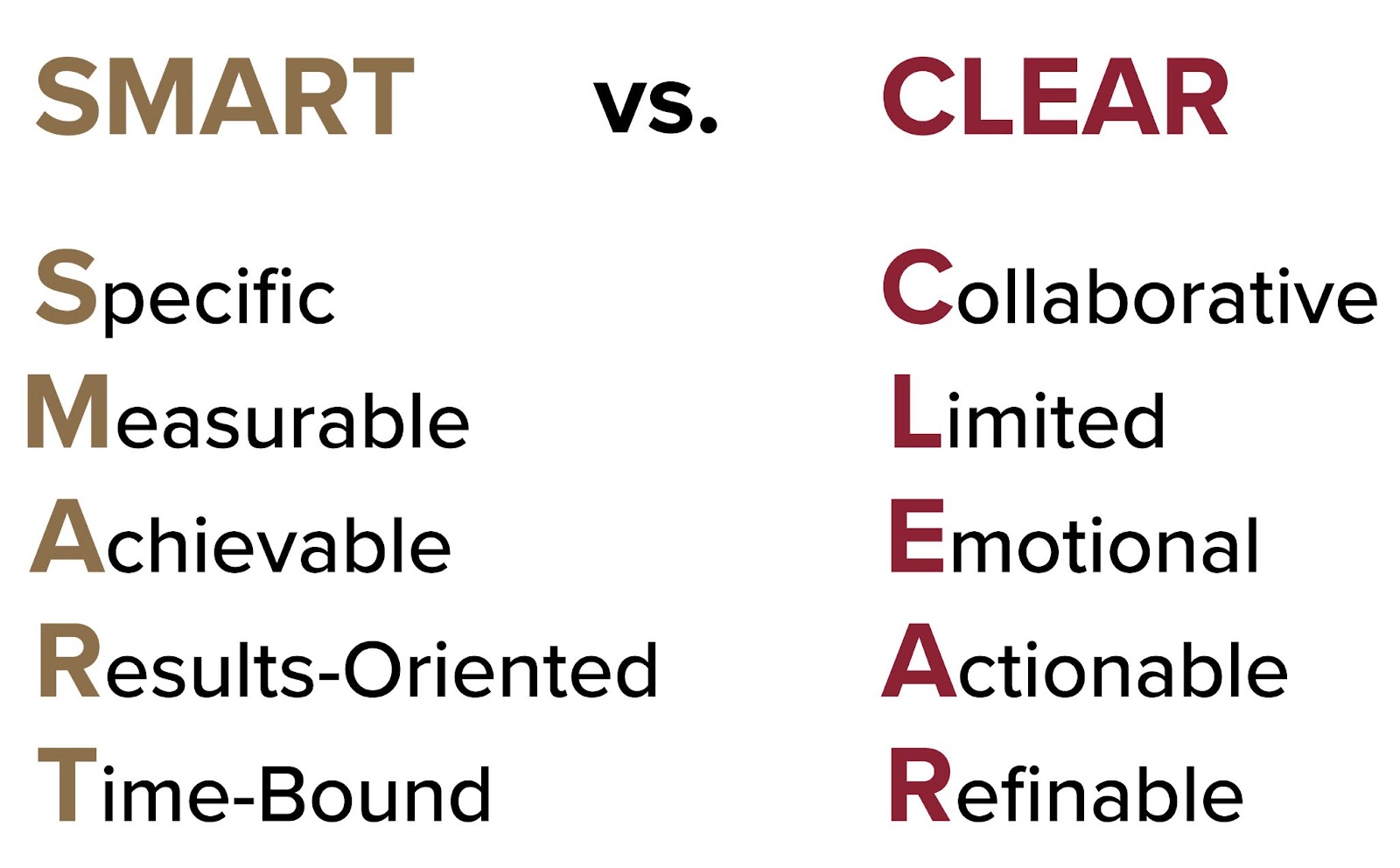Basics of Project Management
The main responsibilities of a project manager are planning, executing, monitoring, and launching or completing a project. In order to be successful at every step, project managers must have an in-depth understanding of how to manage each of these responsibilities and the corresponding project stages for the successful completion of a project.
There are, of course, more specific tasks that project managers must complete. First, they need to make an overall plan for the project — identifying the scope, timeline, budget, and tools or systems necessary to complete the job. Next, they have to assemble the right team by bringing on people with the right knowledge and skill sets, such as subject matter experts.
Once the team is ready, the project manager assigns tasks to each person based on their skills, knowledge, and abilities. Then they must lead the team, ensuring that everyone is doing their job and meeting internal deadlines. They will have to check in with individual members, watch out for any issues along the way, and give the team the support and tools they need to succeed. Throughout the process, they also have to manage the project’s budget and timeline, making sure that they’re not going over budget or causing roadblocks that might delay the project.
Project managers must also maintain contact with stakeholders, executives, and clients, keeping them abreast of how the project is progressing and answering their questions along the way. Managing the expectations of stakeholders can be just as important as managing team tasks.
Lastly, project managers must document the project to identify valuable information and strategies learned along the way. This not only helps a project manager be more successful in future projects, but also helps to educate and inform other teams within the same organization as they embark on new projects themselves.
Project management is a fast-growing field, making it a very appealing career path. High job growth means that more and more companies are looking to hire project managers. According to the Project Management Institute (PMI), between 2017 and 2027, the project management-oriented labor force in seven project-oriented sectors is expected to grow by 33 percent, translating to nearly 22 million new jobs. This is a much higher growth rate than the U.S. national average for job growth, which is at 7.7 percent (PDF, 181 KB), according to The U.S. Bureau of Labor Statistics (BLS).

 Live Chat
Live Chat

